
KALEIDASCOPE OF COLOURS
Autumn in Japan is one of the most magical times of the year. The country is awash wish the vibrant hues of red, yellow and orange that come from dozens of species of tree, shrub and even grass. Not only the season is celebrated in Japan, but also the species that make it so magical. Here is a brief primer on which ones are most prominent!
MOMIJI - JAPANESE MAPLE
Starting with the most iconic, ‘momiji’ refers to a family of trees we all know and love – Japanese maple trees. As many Japanese would be happy to tell you, these trees may look similar, but they each have proud attributes making them distinct from one another. While all will eventually turn red, here are some of the specific differences.


IROHAMOMIJI
When you think of Japanese maple, this is the tree you are probably thinking of. Across much of Western Honshu, it’s the predominant variety. It is also widespread throughout Fukushima, Shikoku and Kyushu. While the leaves are big and bold, the tree itself is relatively small, growing to a maximum of about 10 metres. The leaves typically grow to about 5cm in diametre and are split into three to seven sections.
YAMAMOMIJI
Yamamomiji is common in eastern Honshu, Hokkaido and other areas that experience deep snow. The wild fluctuation in temperature causes these trees to exhibit especially vivid colours that are widely celebrated and are frequently seen in images that are iconic of Japan.


O-MOMIJI
This beautiful variety is common along the Pacific Coast of Japan. Its broad leaves are between 8 and 10cm in diameter and are easily identified by its serrated edges.
YELLOW-LEAFED TREES
What would autumn be without the stunning contrast in colours? While Momiji trees are typified by their vibrant hues of red, there are a host of species that are more typically associated with the colour yellow which is equally stunning and helps to create the kaleidoscopic colour effect Japanese autumn is known for. Here are some varieties.


KARAMATSU (JAPANESE LARCH)
Karamatsu trees are unique in that they are the only conifer or ‘evergreen’ to actually change colour. Often growing in vast carpets across mountain ranges in Japan, they are easy to spot from a distance!
ICHO (Gingko)
Japan’s gingko trees are one of the most dazzling of species, turning a brilliant shade of yellow that give even momiji trees a taste of envy. Icho trees are also some of the oldest species in the world and are commonly used in traditional medicine.


OTHER TYPES OF AUTUMN LEAVES
We could list many, many types of trees of this page but it’s important to also acknowledge that some of autumn’s best colours come in the form of shrubs and wild grasses:
KUSAMOMIJI (AUTUMN GRASS)
The term ‘kusamomiji’ refers to grasses that change colour during autumn. Also usually found in areas of higher elevations, especially above the tree line in the upper reaches of mountains, the coloured-grass can in fact offer the most spectacular displays of autumn colour.


NANAKAMADO (JAPANESE ROWAN)
The name ‘nanakamdo’ covers a variety of trees and shrubs found in the mountains, typically in areas of higher elevation. They dominant areas where large trees are sparse and turn an array of colours, creating a beautiful mosaic of red, yellow and orange.



 " alt="">
" alt=""> 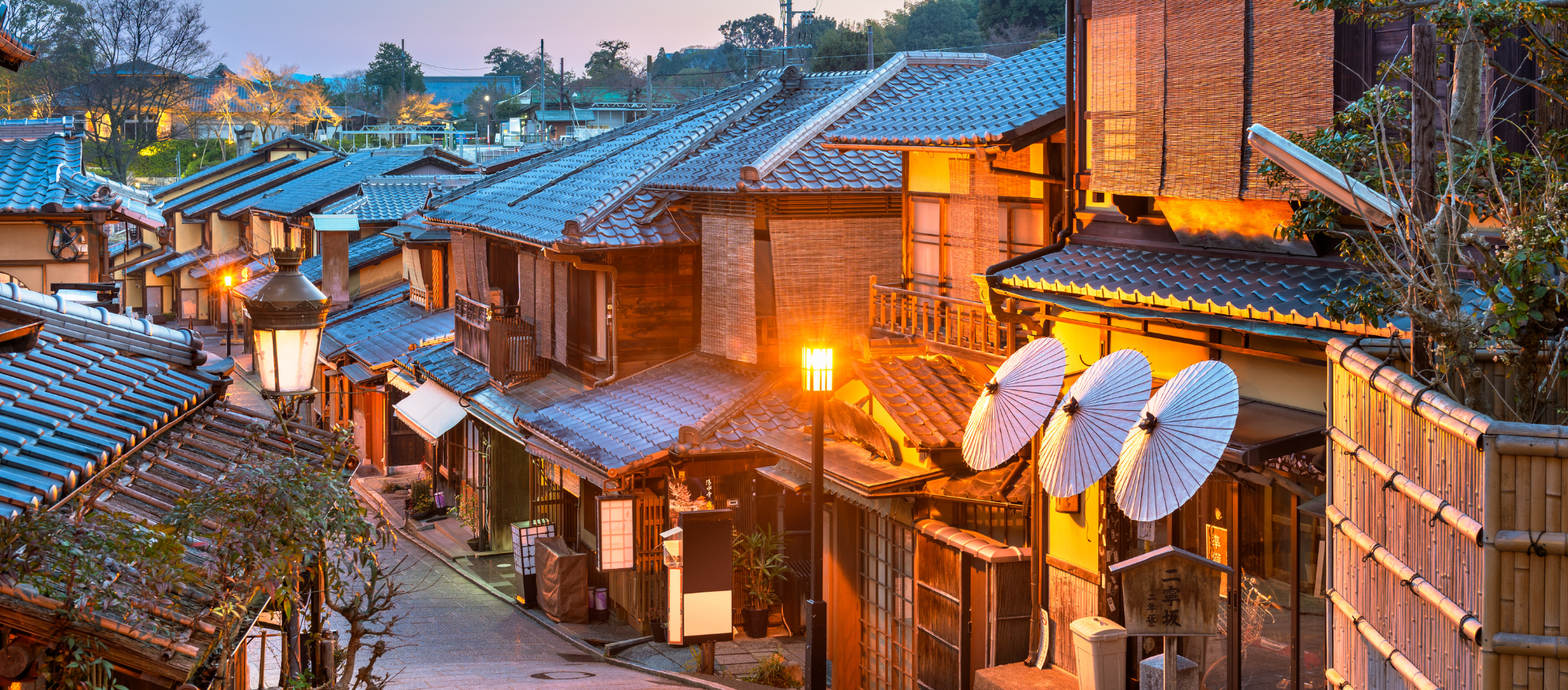 " alt="">
" alt=""> 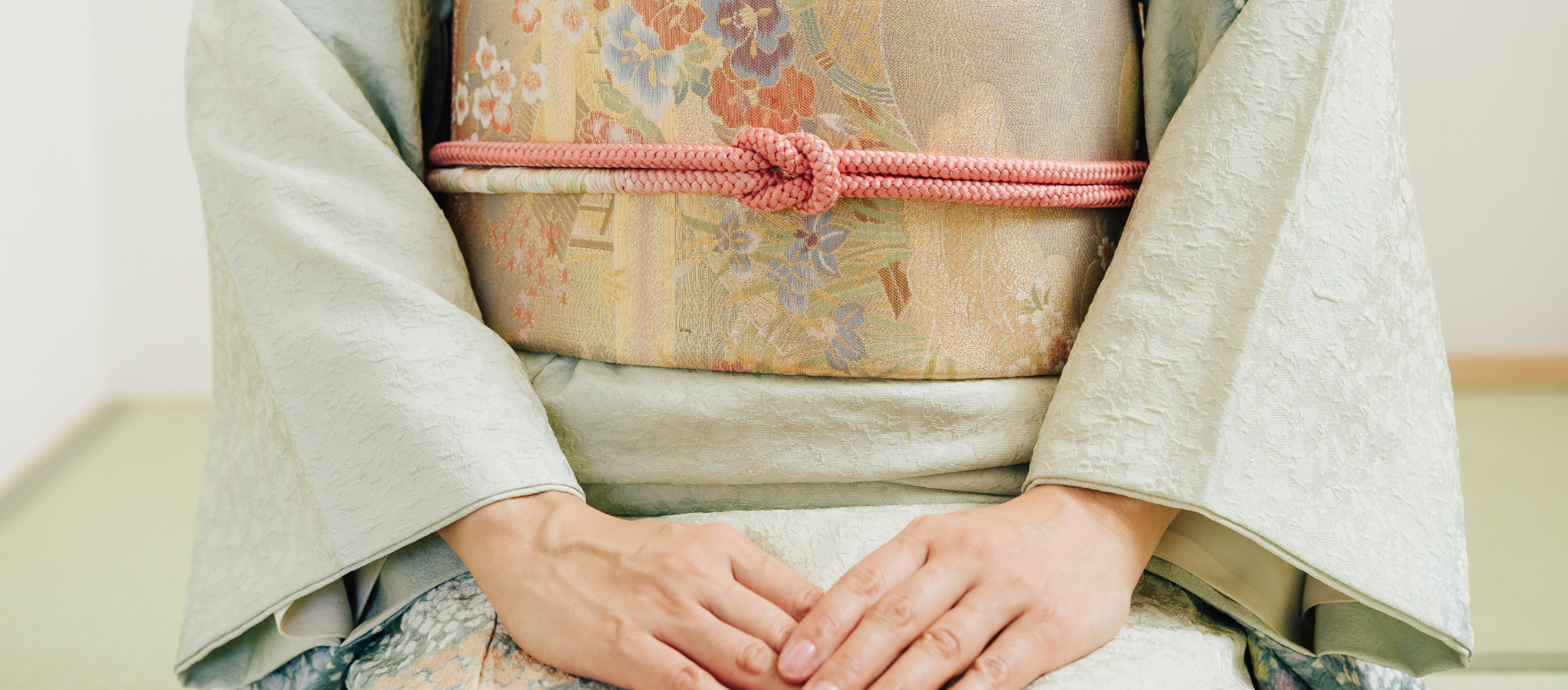 " alt="">
" alt=""> 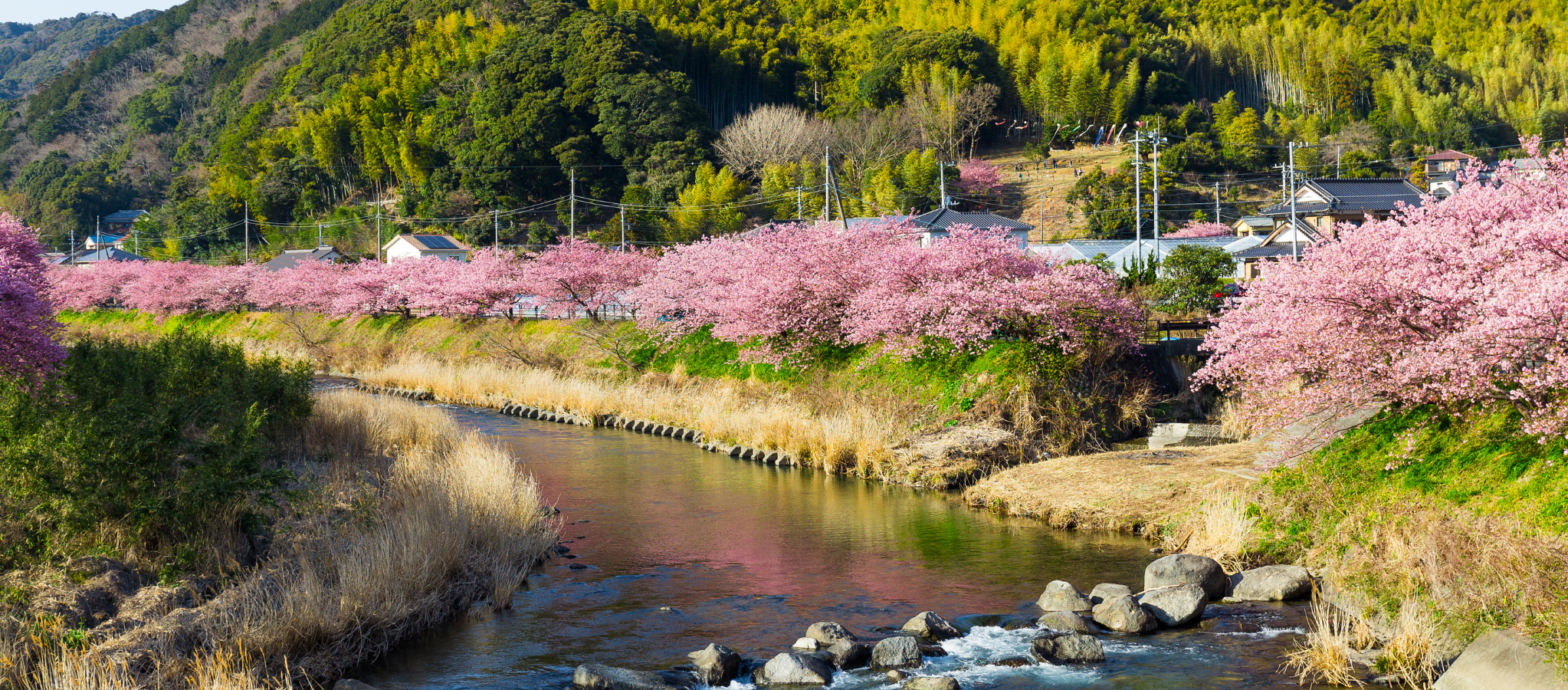 " alt="">
" alt=""> 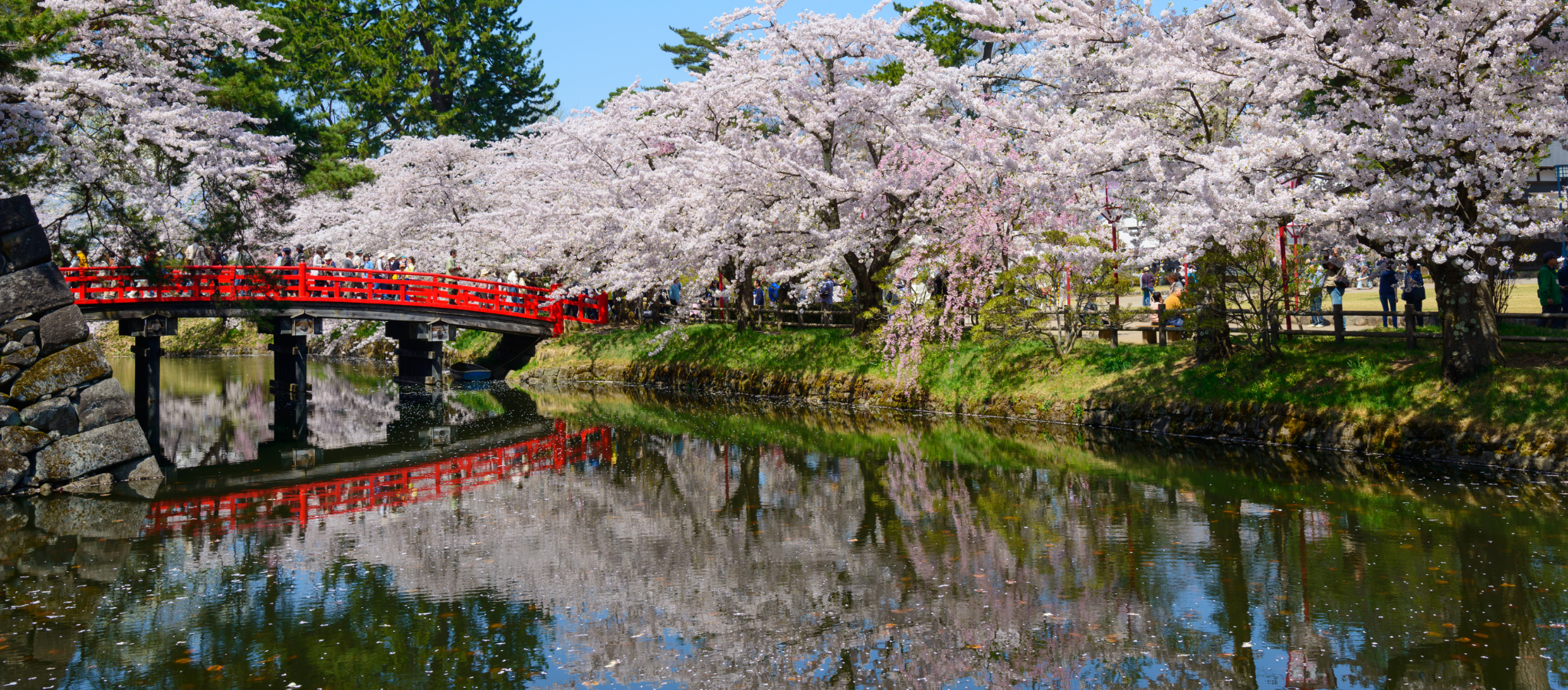 " alt="">
" alt=""> 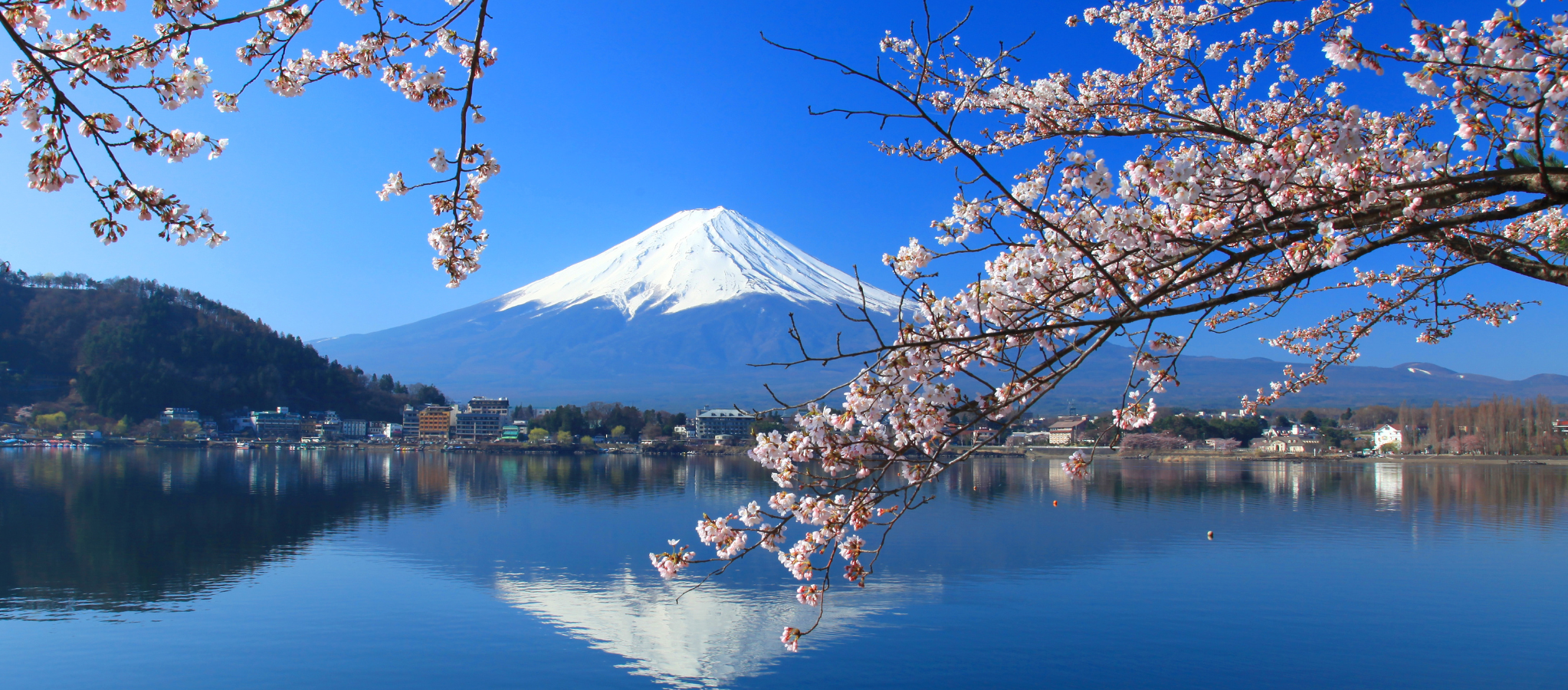 " alt="">
" alt=""> 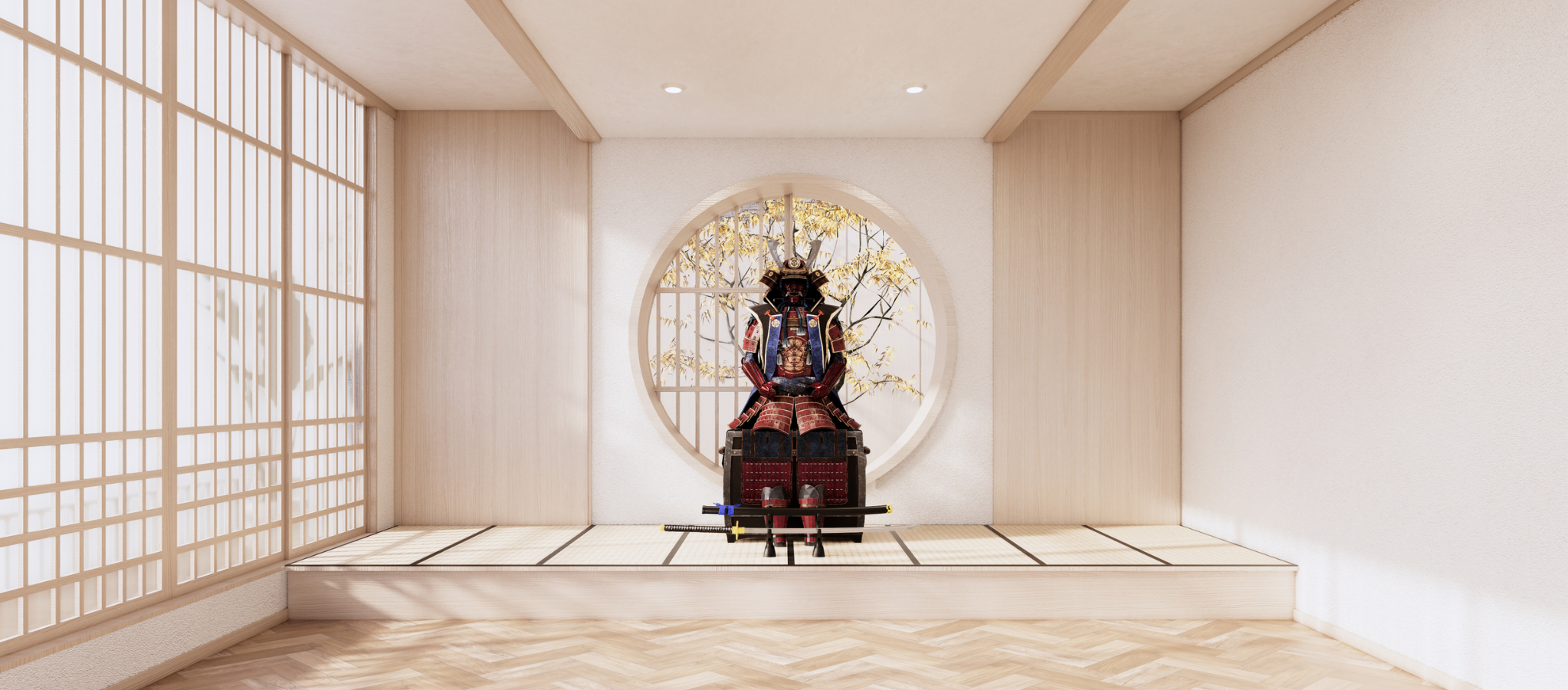 " alt="">
" alt=""> 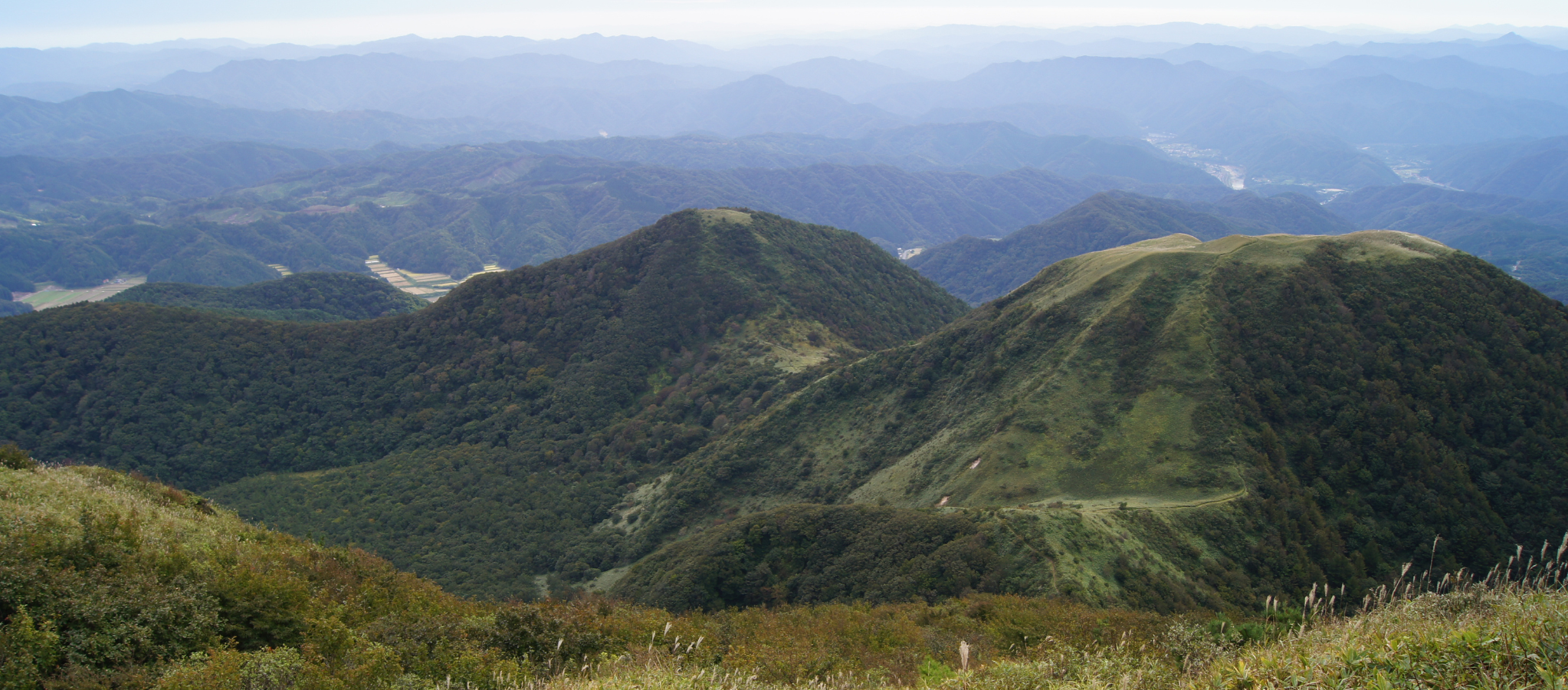 " alt="">
" alt=""> 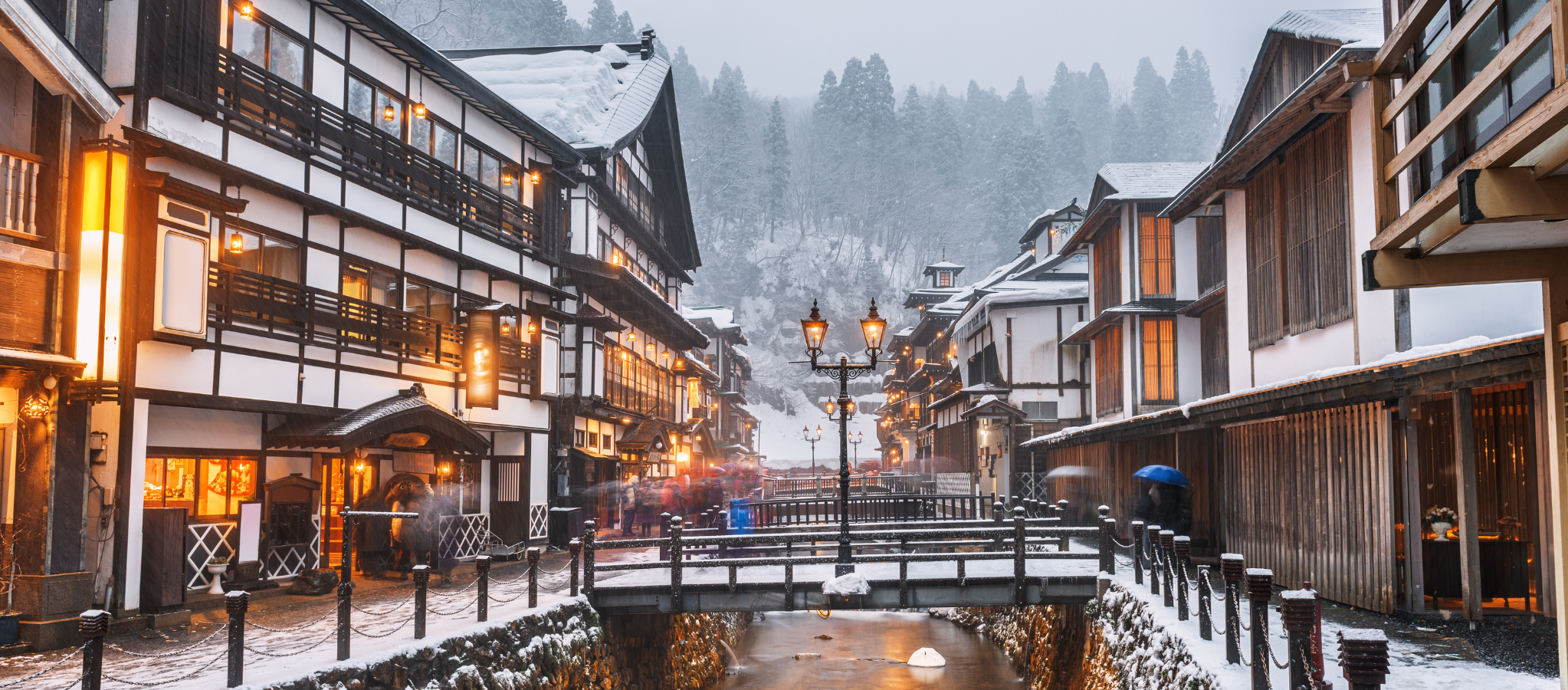 " alt="">
" alt=""> 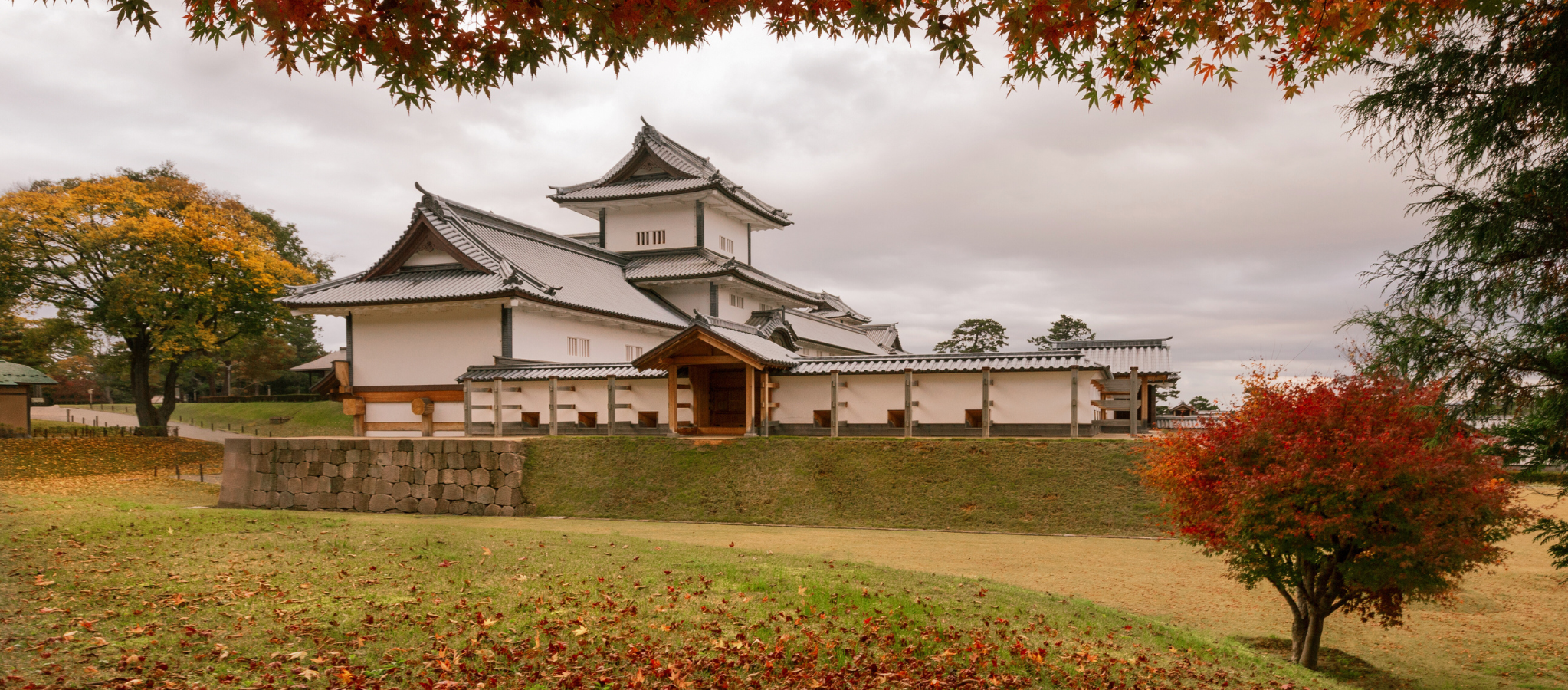 " alt="">
" alt="">